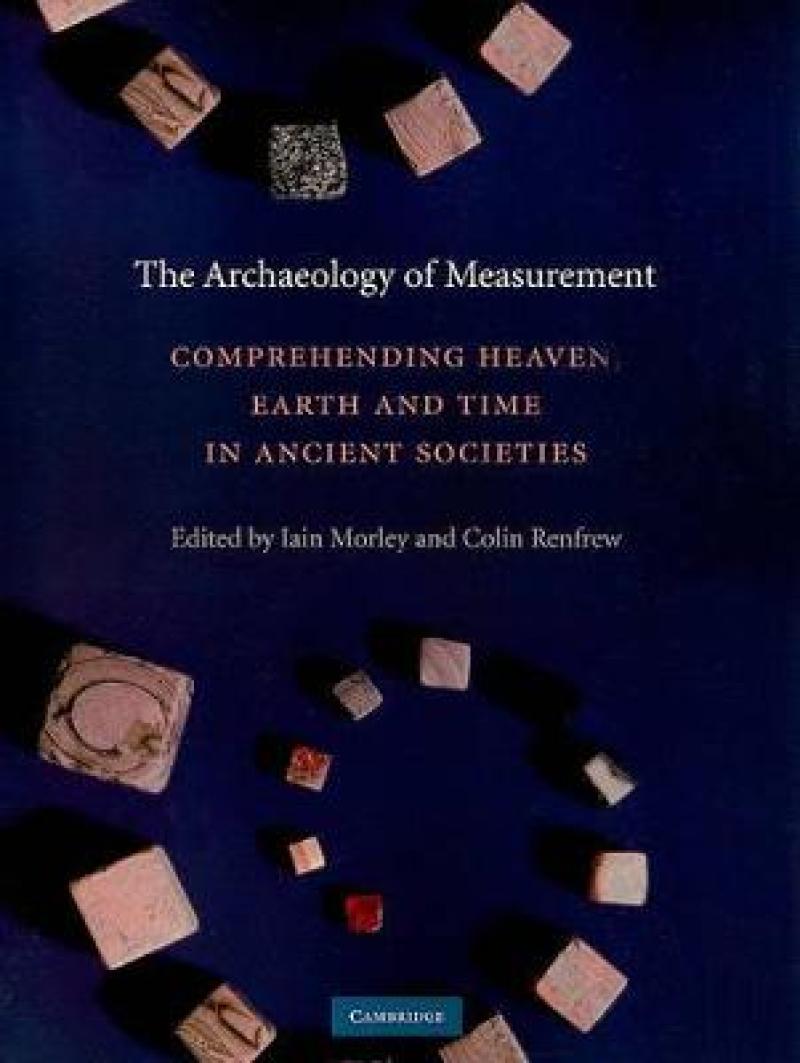The construction of formal measurement systems underlies the development of science, technology, economy and new ways of understanding and explaining the world. Human societies have developed such systems in different ways, in different places and at different times, and recent archaeological investigations highlight the importance of these activities for fundamental aspects of human life. Measurement systems have provided the structure for addressing key concerns of cosmological belief systems, as well as the means for articulating relationships between the human form, human action, and the world. The Archaeology of Measurement explores the archaeological evidence for the development of measuring activities in numerous ancient societies, as well as the implications of these discoveries for an understanding of their worlds and beliefs. Featuring contributions from a cast of internationally renowned scholars, it analyses the relationships between measurement, economy, architecture, symbolism, time, cosmology, ritual, and religion among prehistoric and early historic societies.
Les mer
Explores the archaeological evidence for the development of measuring activities in numerous ancient societies and the implications of these discoveries.
Introduction Colin Renfrew and Iain Morley; Part I. Number: Counting, Mathematics, and Measure: 1. Conceptualising quantification before settlement: activities and issues underlying the conception and use of measurement Iain Morley; 2. Measurement in navigation: conceiving distance and time in the Neolithic Helen Farr; 3. The token system of the ancient Near East: its role in counting, writing, the economy and cognition Denise Schmandt-Besserat; 4. Grasping the concept of number: how did the sapient mind move beyond approximation? Lambros Malafouris; 5. Numerical cognition and the development of 'zero' in Mesoamerica John Justeson; 6. Recording measure(ment)s in the Inka Khipu Gary Urton; Part II. Materialising the Economy: 7. Measuring by weight in the late Bronze Age Aegean: the people behind the measuring tools Anna Michailidou; 8. The concept of weighing during the Bronze Age in the Aegean, the Near East and Europe Lorenz Rahmstorf; 9. Measuring the Harappan world: insights into the Indus order and cosmology J. Mark Kenoyer; Part III. Dimensions and Belief: 10. Architectural measurements in the Indus cities: the case study of Mohenjo-Daro Michael Jansen; 11. Teothuacan City layout as a cosmogram: preliminary results of the 2007 measurement unit study Saburu Sugiyama; 12. Aztec dimensions of holiness John Clark; 13. Establishing direction in early Egyptian burials and monumental architecture: measurement and the spatial link with the 'other' Kate Spence; Part IV. Calendar and Cosmology: 14. The measurement of time and distance in the heavens above Mesopotamia, with brief reference made to other ancient astral sciences David Brown; 15. Evolution of the calendar in Shang China Mark Lewis; 16. The measure of time in Meso-America: from Teotihuacan to the Maya Anthony Aveni; 17. Measuring time, sacred space, and social place in the Inca Empire Charles Stanish; 18. Measuring time in the European Neolithic? The function and meaning of Central European circular enclosures Peter Biehl; Part V. The Spirituality of Measure: 19. The roots of spirituality and the limits of human mensuration F. LeRon Shults; 20. Worldview, measurement and 'the roots of spirituality' Jeremy Begbie.
Les mer
"In summary, scholars and students of archaeology alike will welcome the comprehensive and balanced approach to such an ambitious topic of measurement." --Kiara Beaulieu, Journal Canadien D'Archeologie 36
Les mer
Explores the archaeological evidence for the development of measuring activities in numerous ancient societies and the implications of these discoveries.
Produktdetaljer
ISBN
9780521135887
Publisert
2010-04-19
Utgiver
Vendor
Cambridge University Press
Vekt
780 gr
Høyde
280 mm
Bredde
215 mm
Dybde
13 mm
Aldersnivå
U, P, 05, 06
Språk
Product language
Engelsk
Format
Product format
Heftet
Antall sider
296
